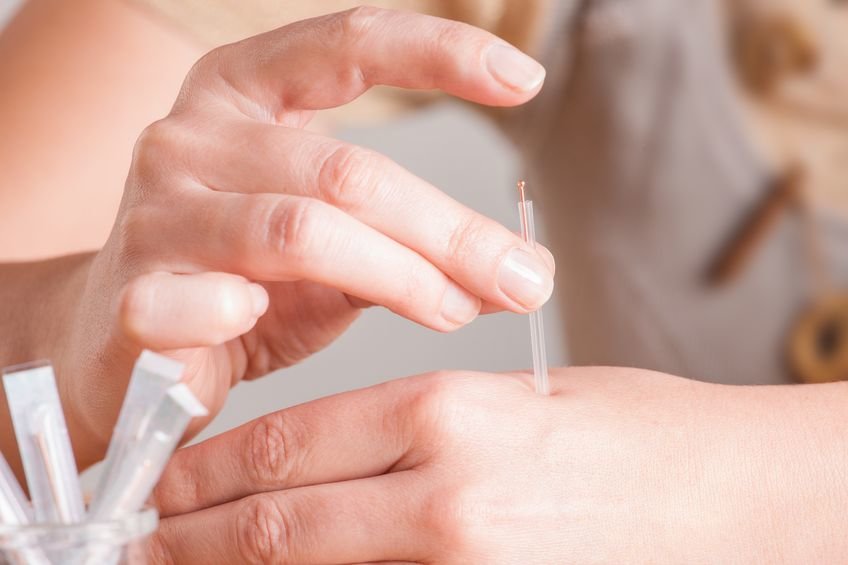OF THE
TIMES
I've had enough of someone else's propaganda. I'm for truth, no matter who tells it. I'm for justice, no matter who it's for or against. I'm a human being first and foremost, and as such I am for whoever and whatever benefits humanity as a whole.
"Otherwise Ukraine stops existing," he said. Ukraine barely exists now !
This is where I first saw the confrontation in the elevator and I find it odd I can't post this as a response to Pierre above - so I'll post it...
Well, I'm doing a fleeting visit and are some what surprised by the content within the featured topics. I'm not going to waste my time, the...
How the hell this "clown" got to dc in the first place is sort of a mystery I think, but some of us loving the founding principles recognized it...
Yes I think about the problem far too much. How do you curb global fascism? And how do we survive the digital age when we now see that those who...
To submit an article for publication, see our Submission Guidelines
Reader comments do not necessarily reflect the views of the volunteers, editors, and directors of SOTT.net or the Quantum Future Group.
Some icons on this site were created by: Afterglow, Aha-Soft, AntialiasFactory, artdesigner.lv, Artura, DailyOverview, Everaldo, GraphicsFuel, IconFactory, Iconka, IconShock, Icons-Land, i-love-icons, KDE-look.org, Klukeart, mugenb16, Map Icons Collection, PetshopBoxStudio, VisualPharm, wbeiruti, WebIconset
Powered by PikaJS 🐁 and In·Site
Original content © 2002-2024 by Sott.net/Signs of the Times. See: FAIR USE NOTICE

Comment: More on how acupunture works: